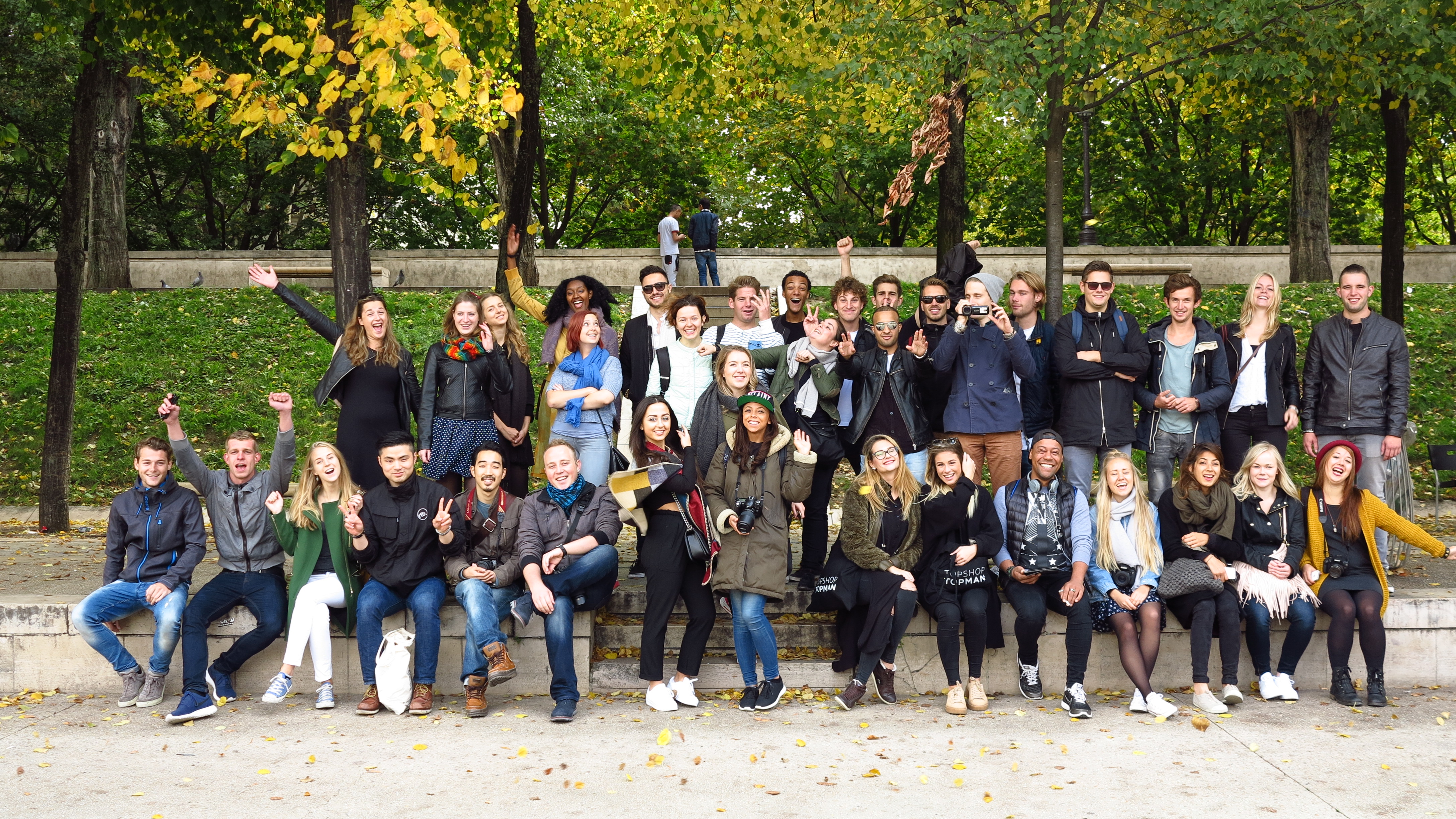
Between Sun and Shadow – 10 Years of Power of Images
Yearly I teach during a semester the course Power of Images for the International Minor ‘City Marketing in Europe’. In 2019 we celebrated the 10th edition if this course. This is the text I wrote for this festive anniversary.
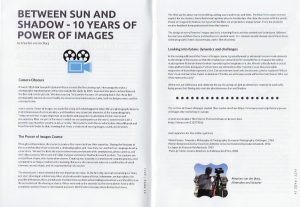
Camera Obscura
It was in 1826 that Joseph Nicéphore Niépce created the first photograph. He managed to make a photographic representation of the view outside his study. In 1895, Louis Lumière produced and directed the first real motion picture: ‘Workers Leaving The Lumière Factory’. An amazing fact is that these first photographic reproductions of reality are documentary masterpieces. Later, both techniques were used for creating fiction.
In our course, Power of Images, we study this along with what happened when film and photography became mainstream ways of communication, and therefore very important elements of the human imaginary. Today, we see that images reign over an exclusive and powerful visual empire. Fiction movies and documentary films are part of the ways in which we see and experience the world, sometimes in such a powerful way that they constitute actual reality. The students and I discuss what makes cities different and how film contributes to that, knowing that film is a vivid mix of moving images, sound, and emotion.
The Power of Images Course
Throughout the module, the students create a final movie to show their expertise. During the first part of the course they learn how to become a cinematographer, and how they can use the filmic language to tell a visual story. We use the tools the students feel most comfortable with: smartphones, photo cameras, and mini video cameras. We create mini clips and give and receive feedback on each product. The students are amazed how simple a film looks when shown. Creating one, however, is a much more complex process, even compared to writing or mathematics, knowing that every shot we create leans on a combination of visual elements, sound, a topic, and of a representation of a source.
The second part is determined by the two trips that we make. In the first city, we start composing our story and start shooting in a skilled way. Most students work in teams of three. In between, we learn about the possible differences there are between the intentions we have when making a visual story and the effects on the perception of the viewing audience. When we travel to the second city, the teams almost have a story completed and don’t have to do research anymore. We film the necessary shots for the final movie.
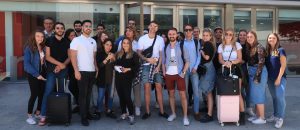
The third part is about narrative editing, adding sound and music, and titles. The final film is made nice and explicit for the viewers. Some final shooting takes place in Amsterdam. We close the course with the yearly Power of Images film festival, during which the films are projected on a large screen. Then, the students receive feedback from professionals from the industry.
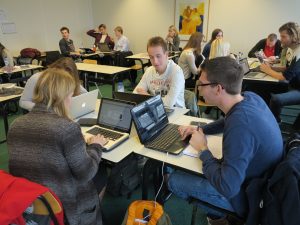
The design of every Power of Images session is a starting film to address content and techniques, followed by exercises and then theory and feedback on student work. Our students mostly choose one of these three cinematographic forms: documentary, poetic film of comedy.
Looking into future: dynamics and challenges
In the coming editions of the Power of Images course, I gradually want to add more honours-level elements to the design of the course, so that the emphasis on research in film and with film is enlarged. We will be studying more fictional elements when reproducing the imaginary of a city. We will critically look at actual video platforms like Instagram. Furthermore, we will work on this important issue: the undeniable magnetism of icons that represent cities. Can mainstream landmarks be deconstructed or replaced? Why is their visual and narrative impact so dominant? Finally, we will always work within the main theme: Who and what represents a city?
At the end, we will honour and celebrate the sun for giving us Light as elementary material to work with, being aware that filming only can take place between Sun and Shadow.
The archive of Power of Images student films can be seen here
https://vimeopro.com/scriptfactory/power-of-images-city-marketing-in-europe
A short movie about The Cities in Motion festival can be seen here.
And inspiration for this article I got from
Vilém Flusser: Towards a Philosophy of Photography. European Photography, Göttingen, 1984
Walter Benjamin: Das Kunstwerk im Zeitalter seiner technischen Reproduzierbarkeit, 1936
Le Japon de Francois Reichenbach, 1983
‘Paris, je t’aime’, several directors, La Fabrique des Films, 2006
Maarten van der Burg, filmmaker and lecturer.
 BROCHURE
BROCHURE
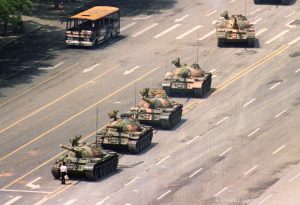 POWER OF IMAGES
POWER OF IMAGES
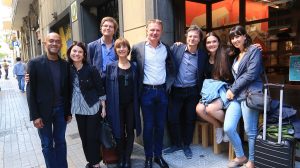
TEACHERs & RESEARCHERS
